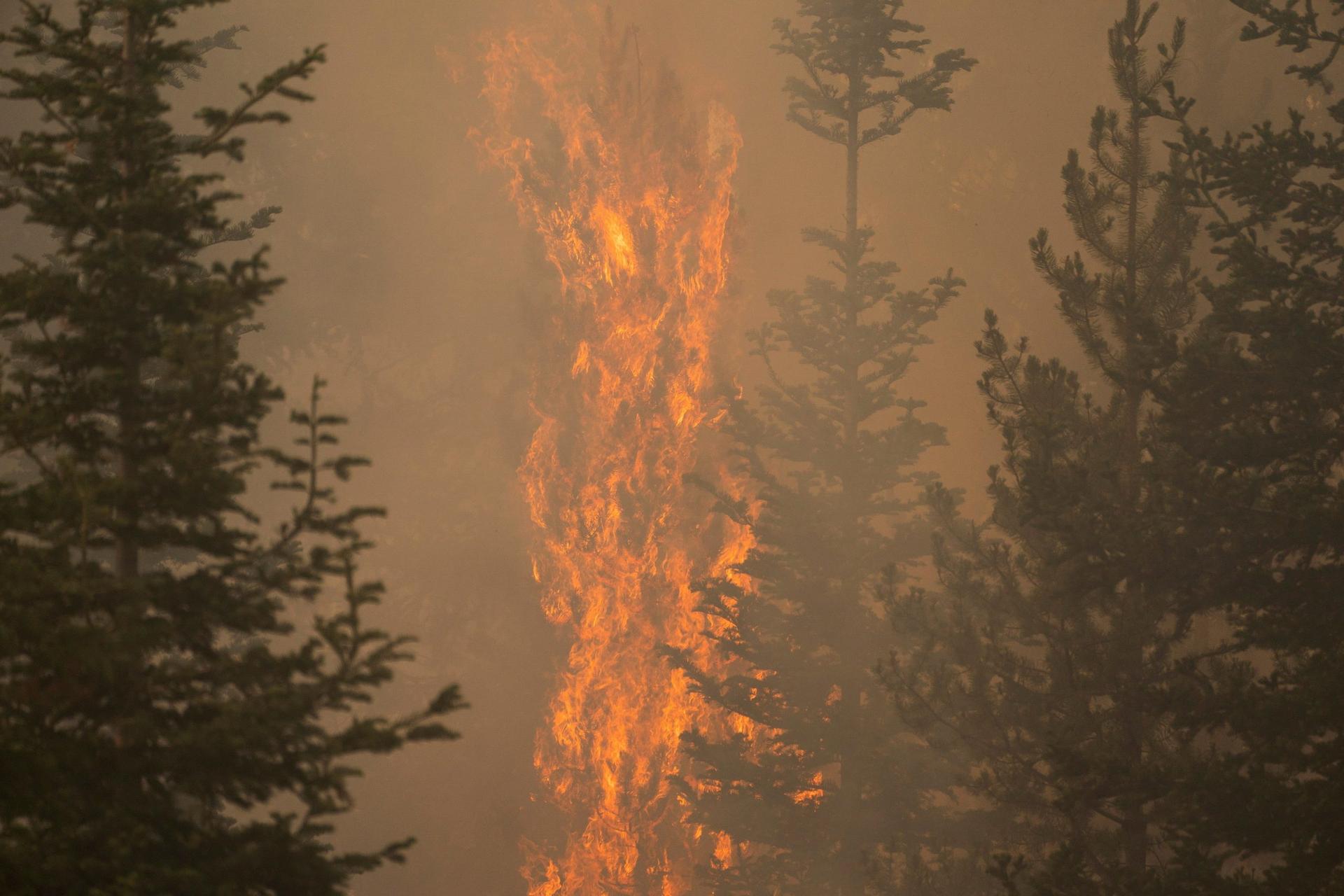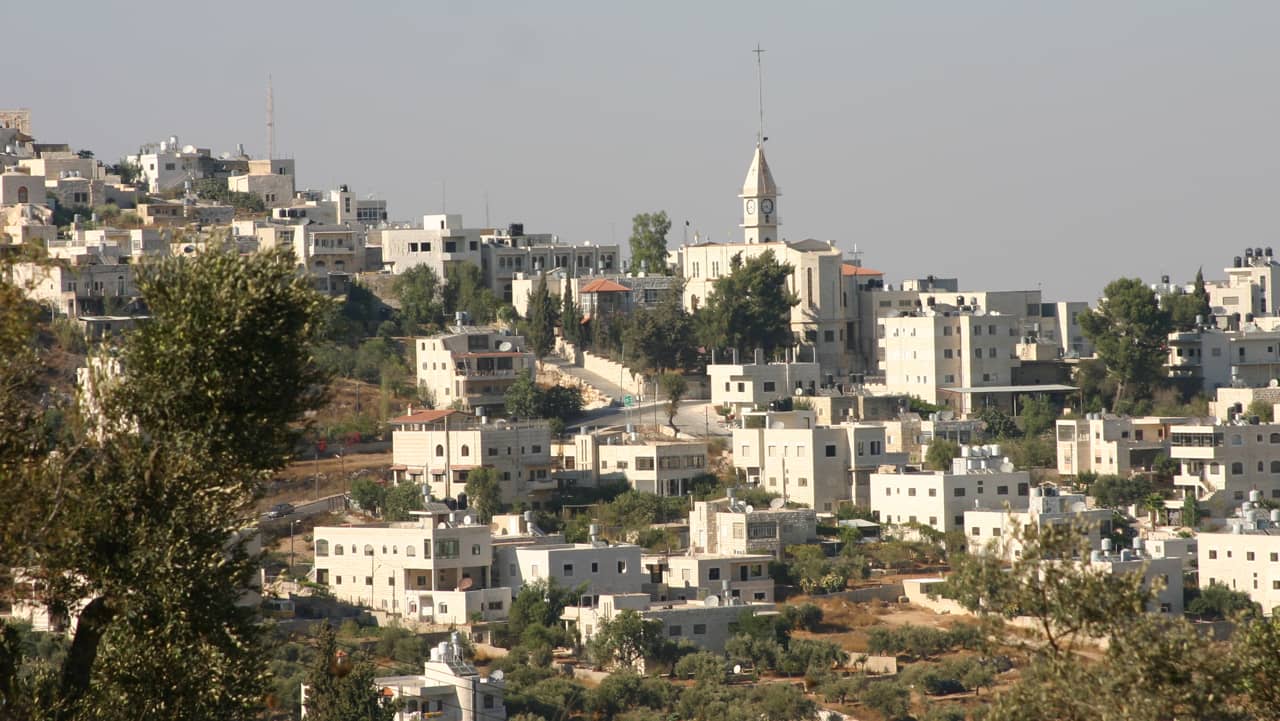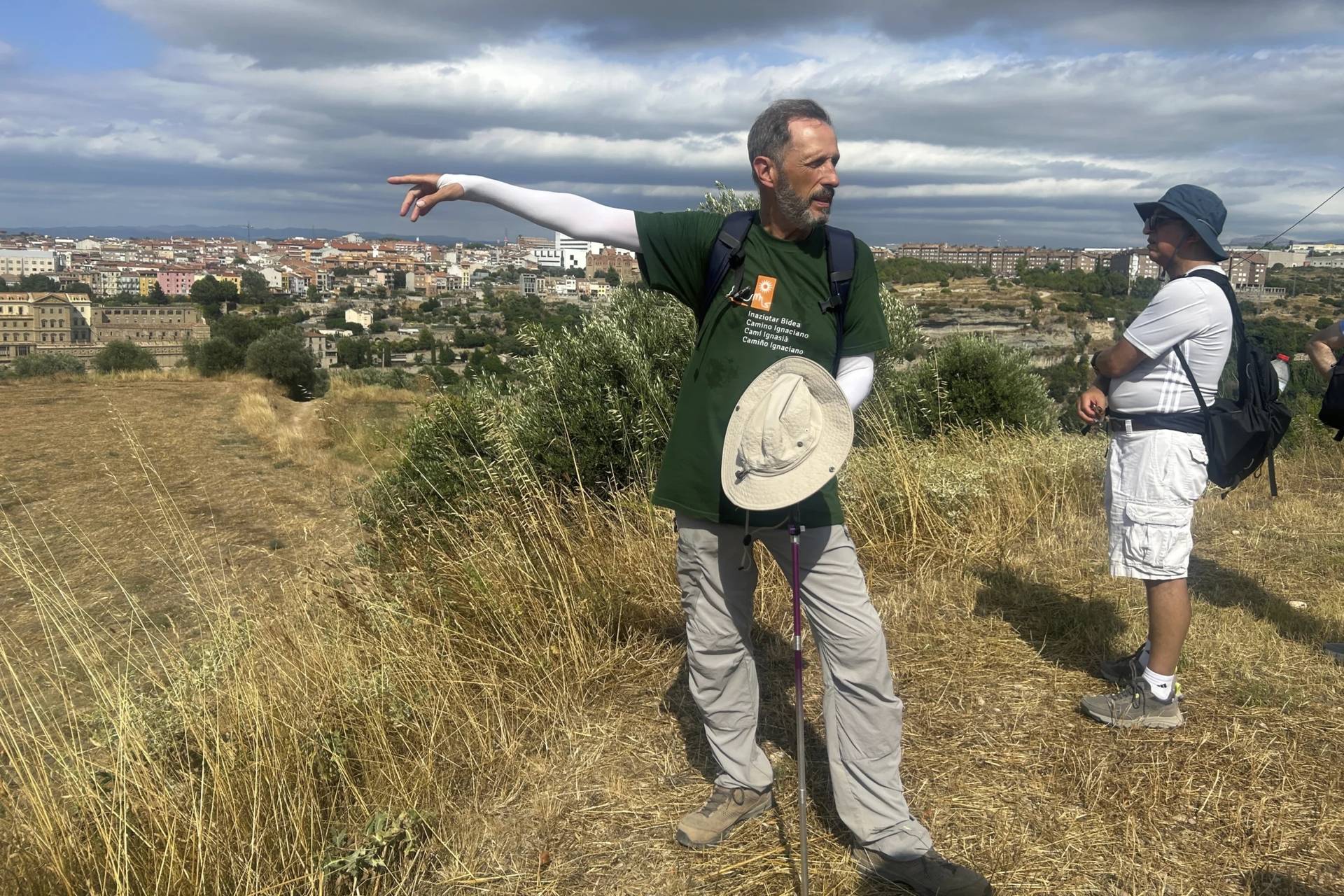PORTLAND, Oregon — The Diocese of Baker in eastern Oregon, east of the Cascades, has borne the brunt of the early start to this year’s fire season.
The Bootleg Fire, northeast of Klamath Falls and close to the towns of Beatty and Bly, began on July 6 and soon exploded into the largest fire in the country.
The little mission church of St. James in Bly stands about six miles from the fire’s southern perimeter. The blaze, which had destroyed 161 residences as of July 27, also forced the evacuation of at least 2,000 homes and threatened 5,000 more. As of July 28, the Bootleg Fire was 53 percent contained and had scorched 413,500 acres. Nearly 2,000 personnel are involved in fighting the fire in 45 crews.
Smoke from the Bootleg Fire and other western conflagrations has mostly drifted east, creating a haze in the Midwest and even the eastern seaboard. But some smoke has worked its way west into the Archdiocese of Portland.
Jesús Sevilla, a Knight of Columbus from Shepherd of the Valley Parish in Central Point, said that on July 28, residents of the Rogue River Valley could see and smell smoke. After last year’s devastating fires between Ashland and Medford, the smoke is causing high anxiety.
“It’s terrifying,” said Lupita Suarez, a member of Our Lady of the Mountain Parish in Ashland. Suarez lived in the devastated town of Talent and lost all of her belongings in the Almeda fire on Sept. 8, 2020.
Sacred Heart Parish in Medford, Shepherd of the Valley in Central Point and St. Anne Grants Pass reported that no church properties have been affected or are under threat. In northeast Oregon, the Elbow Creek Fire, which started July 15, had grown to 23,000 acres by the last days of July.
The Elbow Creek Fire is about 15 miles north of the towns of Elgin and Wallowa, both of which have Catholic mission churches.
The Bruler Fire, west of the Cascades and nine miles south of Detroit, was burning 200 acres as of July 28 and was 53 percent contained. Memories of last year’s blazes in the Santiam Canyon have residents on edge, but air flows mean the Santiam is not yet smoky.
“Of course, there is much anxiety anytime there are strong winds and nearby fires based on the experiences of almost one year ago,” said Lynda Harrington, a member of St. Catherine Mission in Mill City.
Father Luan Nguyen, pastor of Immaculate Conception Parish in Stayton, put it crisply: “No fire, no smoke. Thank God.”
Parish staff at St. Mary in Albany and St. Helen in Sweet Home haven’t noticed any smoke from the Bruler Fire.
“I pray the air stays like this,” Pam Heberle, temporary administrative assistant at St. Helen, said July 27. “I sure hope it’s not like what we went through last year.”
Local firefighters and aircraft rapidly responded to attack the flames. The fire was not threatening any communities or structures.
Farther south, near the much larger Jack Fire, members of Roseburg and Sutherlin parishes also hadn’t yet observed smoke or air quality issues. By late July the fire, located to their east, had burned almost 23,000 acres and was 61 percent contained.
Rugged terrain has been a challenge for fire operations, causing some areas of the Jack Fire to be inaccessible. But firefighters were successfully holding the fire within control lines.
The causes of the Oregon fires are under investigation.
Oregon’s coastal parishes and Portland metro parishes have reported no problems with fire or smoke.
The Catholic Sentinel is the newspaper of the Archdiocese of Portland. Patricia Montana, Kristen Hannum, Katie Scott and Ed Langlois contributed to this story.















